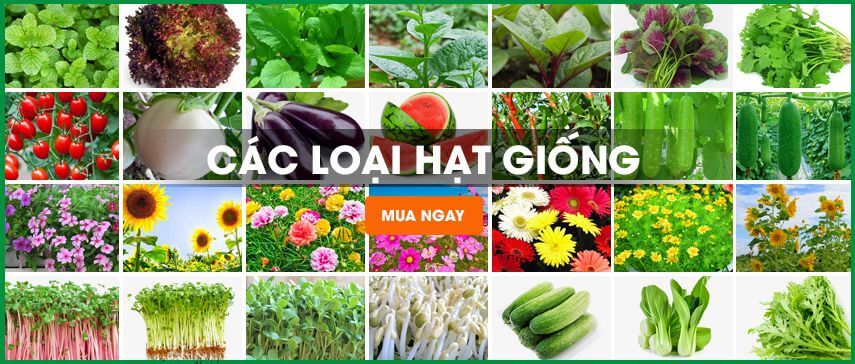A wheel roll irrigation system is one of the most popular types of sprinkler systems. It consists of a lateral about a quarter mile long mounted on four or more wheels. The wheels are connected to an axle and rotate in a circular path. The pipes typically have diameters of between four and five inches. This type of irrigation system is effective in areas up to 90 feet wide. The controller moves to the next set of wheel rolls while the previous set of wheels is left dry.
A typical irrigation system requires seven to nine gpm of water per acre of crops. This is sufficient to grow potatoes, corn, and soybeans. So, a center pivot system covering 130 acres would require 910 gpm of water. For full-season irrigation, however, this amount is too high. This type of irrigation system requires more water management and is not appropriate for irrigating a large farm. Besides, it will cost too much hat-giong.
Before installing an irrigation system, you should calculate how much water it will need. Soil infiltration is a critical factor when designing an irrigation system. If the soil is too dry, then the water will run off and not be usable for crop growth. To minimize the amount of water used, the sprinkler should have variable rate settings so that it can change the discharge rate according to the soil properties. By calculating the average depth of the collected water, you will be able to calculate the correct flow rate in inches per fifteen-minute intervals.
To test the performance of your irrigation system, turn it on and wait fifteen minutes. Then, take the measurements using a ruler. A more accurate measurement will help you calibrate your irrigation system better. Add the depths of the different containers and divide the total number of containers by the number of feet. You will get the correct rate in inches per fifteen minutes. This rate is important to avoid unnecessary losses in crops and maximize yields. If the rate of water loss is too high, you will have to adjust your watering schedule.
After the test, you should make sure your irrigation system is functioning properly. A properly-maintained irrigation system is a great investment. It will increase the yield of your crops and reduce your farming costs. And it will help you earn more money in the long run. With an irrigation device, you can grow food and make more money in your country. There are many benefits of a well-maintained system, and a few simple measures will help you maximize its potential.
To properly calibrate your irrigation system, you must know the soil conditions in the region. You should consider the soil’s water-infiltration characteristics. Your irrigation system should also have operating guidelines. The nozzles should have the correct nozzle diameter and pressure for the crops. You should also be aware of the weather conditions that affect your crops. Ensure that your irrigation system is running at a maximum efficiency. It should be on time, too.
To test the quality of your irrigation system, you should meter the depth of each container. You should ideally set the system to sprinkle water at night, as this will save you a lot of time and money. It will also help you avoid water-logging your soil, as a result of a failed irrigation system. In addition to ensuring that your plants receive the right amount of water, a well-maintained irrigation system will increase the yield of your crops.
You should use a ruler to measure the depth of your soil. If your soil is sandy, you can’t measure the depth of the soil. Instead, you should use the soil-moisture sensors. If your system’s sensors are not working properly, you should consider purchasing a meter. Then, you can calibrate your irrigation system by adjusting the watering time to match the season. Then, you can set the timing to be on the same schedule as your plants.
In addition to soil moisture, irrigation systems also need water to grow well. The right time of day is critical for plant growth. For optimal results, the soil must be moist. Depending on the climate, the soil moisture can range from six to twenty percent. A good watering system should be able to adjust the amount of water it needs based on the time of year. It is important to adjust the rate of your irrigation system to meet the climate of your area.

